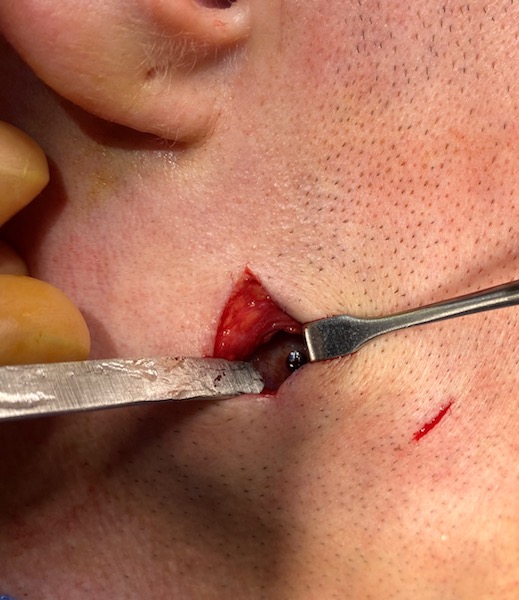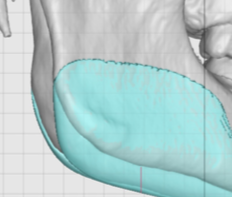Of all the facial implants, jaw angle implants are the most challenging to accurately place. Whether it is a standard jaw angle implant or the jaw angle portion of a custom jawline implant getting the corner position of the implant (posterior-inferior angle) in the correct position is not easy or assured. This is so because of a unique phenomenon with their placement…the working end of the implant is the furtherest away from the incision used to place it. (intraoral)
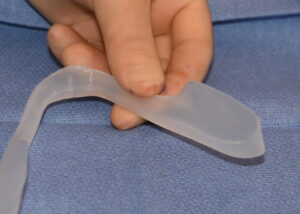
Typically a malposition of a jaw angle implant requires re-entry through the intraoral incision for repositioning. This still remains a challenge as the visual access is not improved and the risks of infection and secondary would healing problems is increased going back through prior intraoral incision. While it is usually successful as when you know where the implant s not supposed to be one knows better where it should be….but the infection risk and wound healing risks still exist.
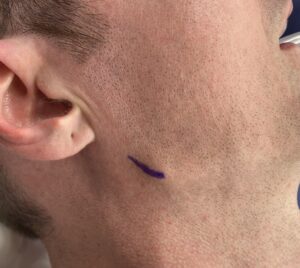
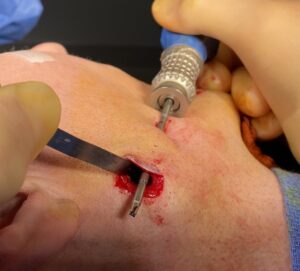
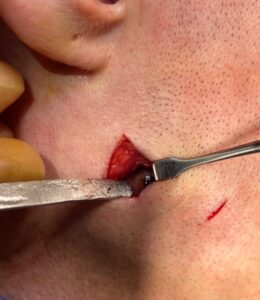
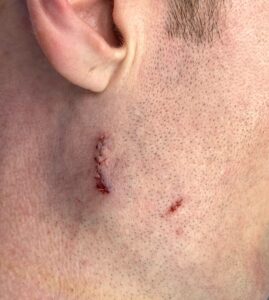
The direct transcutaneous approach is an underutilized incisional access method for jaw angle implant repositioning. Despite the very small scar most patients would prefer to avoid the intraoral approach with its risks and recovery associated with it.
Dr. Barry Eppley
Indianapolis, Indiana

